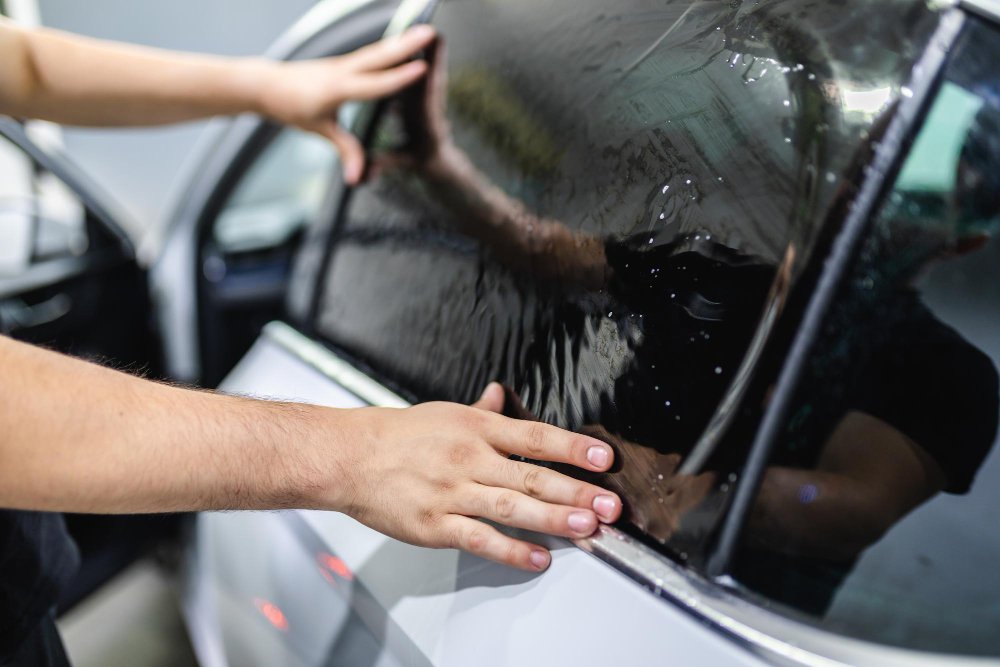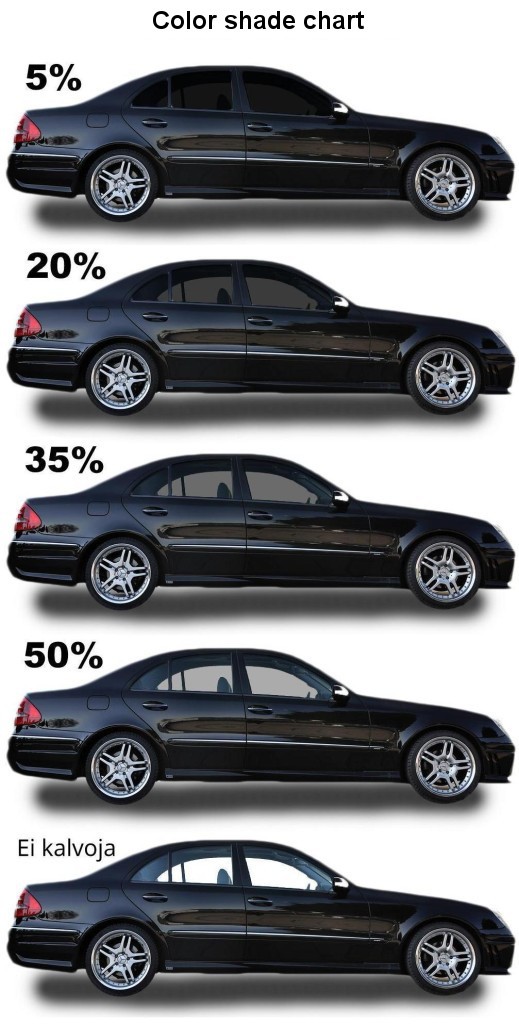Custom Car Window Tinting Solutions for a Streamlined and Stylish Look
Custom Car Window Tinting Solutions for a Streamlined and Stylish Look
Blog Article
Home Window Tinting Laws and Guidelines: What You Need to Know Prior To Tinting Your Vehicle
Prior to continuing with home window tinting for your lorry, it is important to acquaint on your own with the varied laws and standards that control this practice throughout various states. These policies dictate the permitted degrees of color darkness, often gauged by visible light transmission (VLT) percents, and include particular stipulations for front windshields aimed at making sure road safety and security.
Overview of Window Tinting Laws
Window tinting regulations are often based on variant across various jurisdictions, reflecting neighborhood regulations and safety considerations. These regulations dictate the allowable levels of tint darkness and reflectiveness on vehicle windows, ensuring that vehicle drivers maintain ample exposure while additionally protecting versus harmful UV rays and heat.
A lot of policies categorize window tinting based on the Visible Light Transmission (VLT) percent, which suggests the amount of light that can go through the window. Generally, lower VLT percents represent darker colors. Regulations often separate between the front, side, and rear home windows, with stricter constraints related to the front windscreen to improve security for both the driver and other road users.
Compliance with home window tinting policies is essential, as violations can result in penalties, required elimination of the tint, and prospective increases in insurance premiums. It is important for vehicle proprietors to familiarize themselves with regional regulations before proceeding with window tinting installations.
State-by-State Tint Rules
Understanding the certain window tinting guidelines in each state is crucial for car owners seeking to abide by the legislation. Each state in the U.S. has actually developed its very own collection of guidelines controling home window tinting, which can vary substantially. These guidelines frequently dictate the permitted degrees of color darkness, the sorts of windows that can be tinted, and any clinical exceptions that might apply.
As an example, states like The golden state have rigorous limitations on tint darkness for front home windows, while others, such as New Mexico, might permit darker colors. In addition, specific states mandate certain visibility percentages for numerous home windows, including the windshield, front side home windows, and back windows. It is crucial for vehicle owners to familiarize themselves with their state's laws to avoid potential penalties or fines.
Moreover, some states may need an accreditation sticker label to be put on colored windows, indicating conformity with state legislations. Failing to adhere to these policies not just risks legal repercussions yet can likewise influence security and visibility while driving. Vehicle proprietors must carry out detailed study or get in touch with local authorities to make certain complete understanding and conformity with state-by-state tint policies.
Allowed Color Kinds and degrees
Numerous vehicle proprietors might be stunned to learn that allowed tint degrees and kinds vary widely across different states. Each state has actually established its own regulations relating to the allowable darkness and reflectivity of window tint, typically measured by Visible Light Transmission (VLT) percents. VLT refers to the amount of light that can go through the colored home windows; thus, a reduced percentage indicates a darker tint.

Additionally, the kinds of tint products allowed can vary, with some states prohibiting mirror-like or metal surfaces. It is essential for automobile owners to familiarize themselves with their state's certain legislations to guarantee compliance. Non-compliance can result in fines, compulsory elimination of the tint, or various other legal effects, making it vital to recognize these laws prior to proceeding with installation.
Medical Exceptions for Tinting
While not all states supply allocations for clinical exceptions pertaining to home window tinting, those that do identify the need for details individuals to boost visibility and comfort as a result of clinical problems. Various clinical conditions, such as lupus, skin cancer, and certain eye conditions, can provide people particularly conscious sunlight. Consequently, these individuals might need darker colors to safeguard themselves from hazardous UV rays and glow.

It is very important to note that despite having a clinical exemption, there may still be constraints on the level of Resources tint allowed. Conformity with state legislations ensures that people are both protected and within legal limitations. Those considering clinical exemptions must contact their neighborhood Department of Electric motor Cars or equal authority to recognize the requirements and treatments required to request an exemption successfully.
Penalties for Non-Compliance
Failing to follow window tinting legislations can cause substantial fines, which vary by state. Police are empowered to provide citations for lorries that do not follow the specified tinting policies. These charges generally include fines, which can vary from small total up to numerous hundred bucks, depending on the severity of the infraction and the state in inquiry.
In some jurisdictions, repeated offenses might cause escalating penalties or additional penalties, such as obligatory court appearances. Non-compliance might demand the removal of prohibited tinting, frequently at the owner's cost. In extreme situations, habitual transgressors might encounter suspension of their vehicle registration until conformity is achieved.
Additionally, insurance coverage ramifications may emerge from receiving multiple citations for home window tint violations. Insurance companies may view such offenses as an indication of riskier actions, potentially resulting in increased costs or difficulty in coverage.
To prevent these charges, it is vital for automobile proprietors to acquaint themselves with their neighborhood window tinting laws and ensure that their automobile complies (Window Tinting). This aggressive approach not only stays Resources clear of lawful implications but likewise promotes roadway security
Conclusion
The majority of regulations classify home window tinting based on the Visible Light Transmission (VLT) portion, which indicates the quantity of light that can pass via the home window. Conformity with window tinting policies is essential, as infractions can result in penalties, compulsory removal of the tint, and prospective boosts in insurance policy premiums.Recognizing the particular home window tinting laws in each state is vital for lorry proprietors looking for to conform with the legislation. These laws frequently dictate the allowable degrees of color darkness, the types of windows that can be tinted, and any kind of clinical exemptions that may apply.
For instance, states her response like California have strict limitations on tint darkness for front home windows, while others, such as New Mexico, might allow darker colors.
Report this page